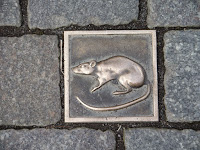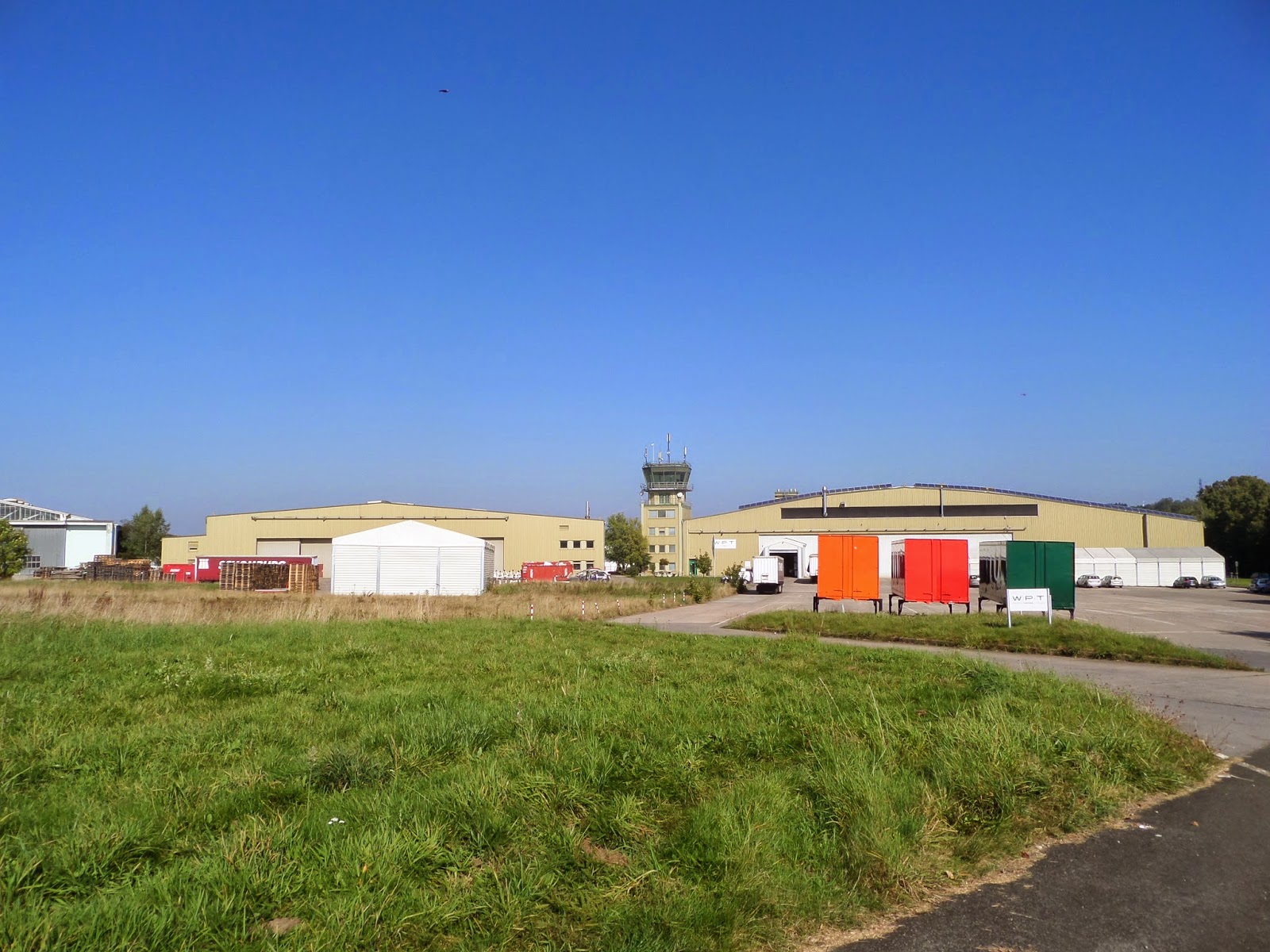Part 2 has taken an effort to complete!
The caravan has been in the UK all year.
But we have still done our share of travelling around Europe and North America - without the caravan
- and around the UK, with the caravan.
The caravan has been in the UK all year.
But we have still done our share of travelling around Europe and North America - without the caravan
- and around the UK, with the caravan.
And every new place seems to give us less free time.
But that’s not a bad thing.
It’s good to be busy without thinking about work.
But that’s not a bad thing.
It’s good to be busy without thinking about work.
As I wrote in Part 1 of this post, while we were in Germany, Gail and I also visited some of the destinations I remember from my childhood in Detmold.
Towns like Hamelin, and also the Möhne and Eder lakes and dams, were some of the places to go for a day trip.
Towns like Hamelin, and also the Möhne and Eder lakes and dams, were some of the places to go for a day trip.
Part 1 was all about Hamelin – Part 2 covers our visits to the Möhnesee and Edersee, and the famous dams.
The broad plan was to do as I had done as a child and, from Detmold, have a day trip to the Möhne dam and then a second day trip to the Eder dam.
But looking at the map, and thinking of the goal of getting South, and ultimately to Croatia, we firstly travelled with the caravan 50 miles South to Brilon.
From there the Möhnesee is 25 miles to the West, and the Edersee 40 miles to the South East.
But looking at the map, and thinking of the goal of getting South, and ultimately to Croatia, we firstly travelled with the caravan 50 miles South to Brilon.
From there the Möhnesee is 25 miles to the West, and the Edersee 40 miles to the South East.
Our first day trip from Brilon was to the Edersee.
It is a very pretty and large reservoir, surrounded by wooded hills.
It was this aspect that made the bombing of the dams in May 1943, such a challenge to the so-called Dambusters.
Although I remember visiting in the 60’s, the dam then was not such a visitor attraction.
I am thinking back 55 years.
Of course in 1960 it was just 15 years after the end of the Second World War, so it is easy to understand that wartime events associated with such constructions would rather be forgotten or avoided.
It is a very pretty and large reservoir, surrounded by wooded hills.
It was this aspect that made the bombing of the dams in May 1943, such a challenge to the so-called Dambusters.
Although I remember visiting in the 60’s, the dam then was not such a visitor attraction.
I am thinking back 55 years.
Of course in 1960 it was just 15 years after the end of the Second World War, so it is easy to understand that wartime events associated with such constructions would rather be forgotten or avoided.
 |
| Today there is a gift shop and a museum, and the lake is used for boating and boat trips. |
 |
| We didn’t visit the museum, but the advertising board clearly acknowledges the raid on the dam. |

As we started to go away from the Eder dam to head back to Brilon, although stopping is prohibited, as it was quiet I quickly stopped to take a quick photo.
Some weeks later back in the UK, I found an old photo mum must have taken of us all those years ago.
Parking restrictions must have been non-existent, and cars few enough to allow three young children to pose for the photo.
There are a few more trees around now!
This was just a mile away from Edersee – clearly an indication of modern day tourism!Parking restrictions must have been non-existent, and cars few enough to allow three young children to pose for the photo.
There are a few more trees around now!













.JPG)
.JPG)



.JPG)
.JPG)












